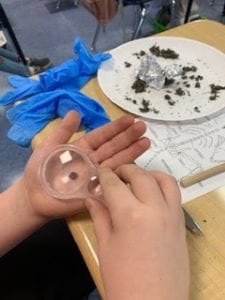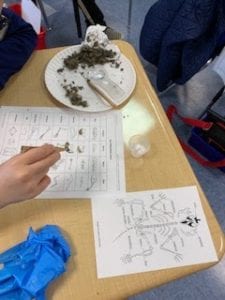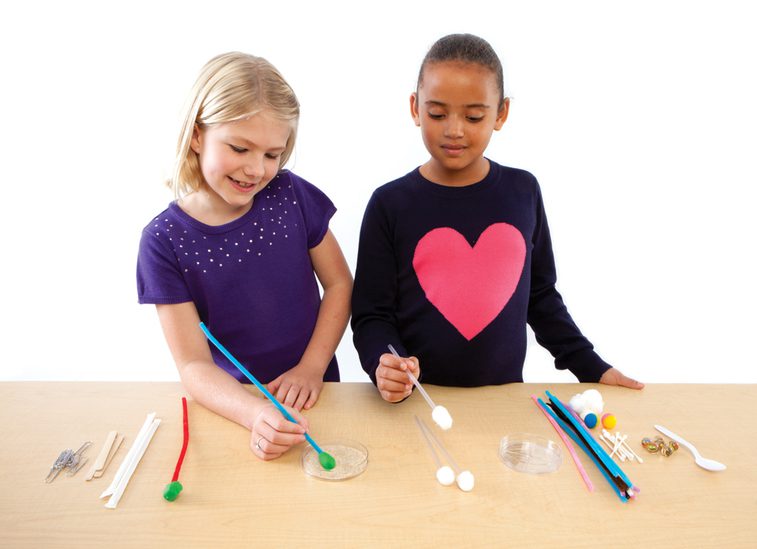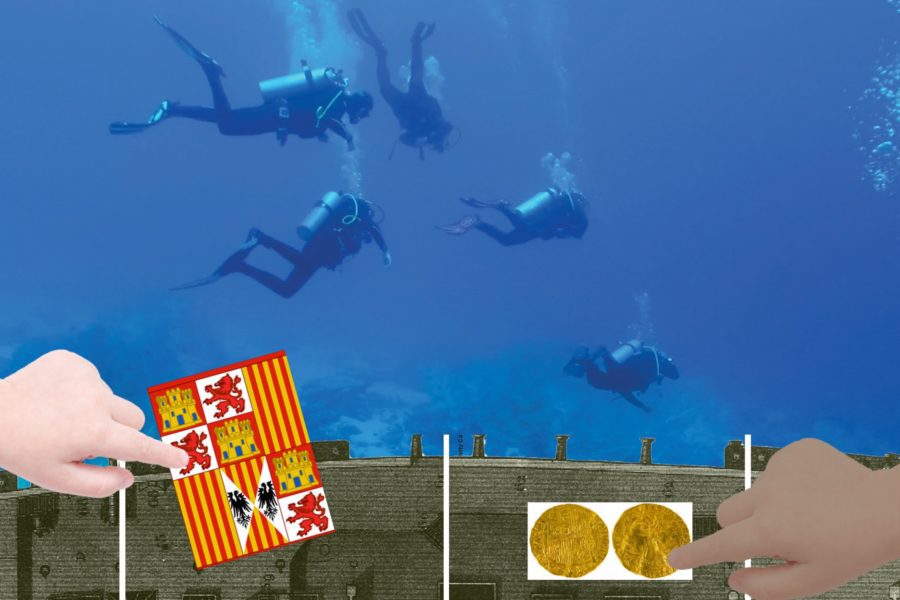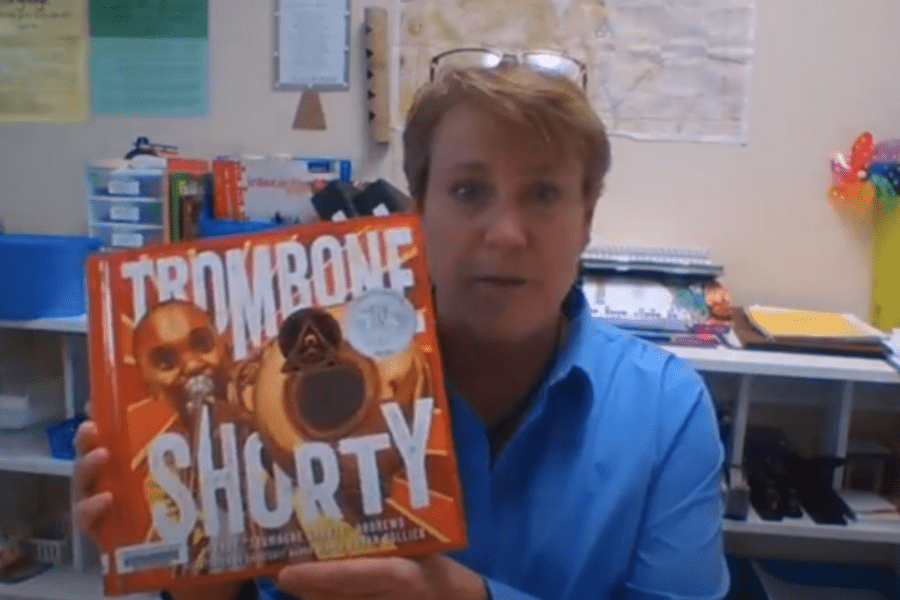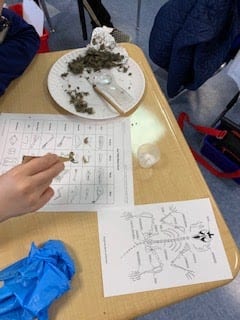
As a student, Jennifer Zebarth loved all things language arts. She would devour books and frequently visit her school and town library to find new and exciting things to read. In high school, her passion turned towards history.
“We had the most amazing Ancient History teacher, Mr. Dyer. Every day he would tell us the stories of Ancient Romans and Vikings– He truly made “History Alive!” for us. His class was not about memorizing dates and names but to dive in and understand the actions, reactions, cause and effect of individuals, and events in history. I credit him for my love of history and how I teach today.”
Years later, as social studies and science teacher at Highland Elementary School in Cheshire, Connecticut, Jennifer continues to use the same teaching philosophy to fully engage her students and instill the love of learning with meaningful lessons and activities. Learn more about her experience using TCI in our conversation below.
Can you please tell us a little about yourself, what you like to do for fun, and a brief vision of your goals as a teacher?

How do you integrate the TCI curriculum and tools into your classroom?
I have been using History Alive! (grade 5) for probably 15 years now. I love how each lesson incorporates reading, note-taking in the Interactive Student Notebook, class discussions, and physical movement. In addition to watching the students engage with the information in each lesson, I like how the assessments incorporate multiple intelligences. I can tweak the questions to make them more directed to my students. For example, in the Native American Cultural Regions lesson, I had my students create an “I Survived the ___ Region” talk show. I combined their interest in the I Survived book series with their presentation skills. Students wrote scripts, created props, and used technology, and each group hosted its own “Talk Show” to inform the class about one of the seven cultural regions.
We have the online- digital Bring Science Alive! curriculum. There are so many great tools available for both teaching and learning. One tool I incorporate frequently is the lesson games. Sometimes I use them as a preview of the lesson, a review, and an assessment tool to gauge student comprehension. I have found that the video clips used to introduce phenomena are very engaging and create a great opportunity for student dialogue. Some other tools I have found to be very beneficial are the ability to change reading levels, the read-aloud function, and even the ability to change the text to Spanish. I feel that the digital features are taking all learners into account and making the text more accessible for everyone.
What’s your favorite TCI lesson?
My favorite History Alive lesson is in chapter 4, when students take on the role of an underwater archeologist. They “dive” to the bottom of the ocean and retrieve artifacts from a sunken ship. Once on the surface, they have to consult the textbook to discover the artifact and why it was important to explorers. I play underwater music in the background, creating a large ship on paper that sits on the floor on my “ocean” blue carpet. The students have a great time “swimming” down to retrieve sunken treasure!
My newest favorite Bring Science Alive! the lesson is in our ecosystem unit lesson on consumers- we dissected owl pellets. At first, we were all hesitant about this- well, because the pellets looked like a clump of barf. Once the students began to find bones, and skulls and could identify what type of animal was consumed- they were hooked! They could not wait to bring their bones home to share with their parents.
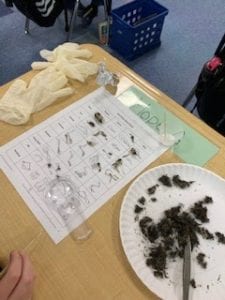
What specific results have you seen from implementing our solution?
I have been using TCI’s Bring Science Alive! for three years now. I have seen a definite increase in student engagement and general interest in science overall. They are more aware of their surroundings and frequently make strong connections to what they see to what they are learning.
For example, I took my students to the nature center behind our school to do an Ecosystem Scavenger Hunt. We had to look for evidence of producers, consumers, and decomposers in our backyard. On our way back through the playground, one student noticed a series of large paw prints. I took pictures, and as soon as we returned to the classroom, we started to analyze what type of animal it could have been. The critical thinking that evolved from that was unbelievable. We concluded that it could have been a coyote- but was most likely a big dog. Our state testing, and SBAC test scores, are also very good. I feel that because TCI incorporates a wide variety of experiments, data tables, and opportunities for critical thinking, our students are more at ease when they see similar test questions.
Can you walk us through an impactful student experience involving TCI?
Two years ago, a student moved to our school from Mexico. He had only a few English words in his vocabulary. He was so timid and afraid- everything was new and foreign. I showed him how to use the tool to convert the text from English to Spanish. He would read the text in Spanish for comprehension, then switch back to English and use the Read Aloud feature to help him learn English. He was my best student that year. He not only excelled in science concepts, but he became fluent in English.
How have you used TCI in a distance or blended learning environment?
Because Bring Science Alive! is all digital- it makes it a resource I can easily use with my remote learners (we have both in-person and remote at the same time this year). I can easily display my screen while on a Google Meet- have classroom discussions about the lesson. Students can then access the reading and questions either independently or with me while we are meeting. During owl pellet dissections, most of my remote learners had picked up supplies to complete the investigation at home. We were in a Google Meet to review directions and share our findings. One student did not have the owl pellet at home, so another student asked me to create a break-out room so he could work directly with her and share his findings.
What was it like to be a teacher in the COVID era?
It was hard! My superintendent stated it best, “We are building this plane as we fly it!” There was lots of trial and lots of error! There were (are) so many challenging things in remote learning. It pushed me to learn new technology, teaching strategies, and ways to engage students through a computer. The silver lining is that it united us as a team and school. We need(ed) each other for support as educators and friends.
What went well, and what were some of the challenges?
When I reflect on full remote learning and not knowing how to make it work, I think about all the personal growth I had to make. I had to learn to use all sorts of technology; I had to learn to set boundaries- I could not work round the clock; I had to try and stay positive (that was hard many days); I mastered Google Meets..mostly. I had to learn that the challenges were temporary. Life and teaching would not always look as they did in those moments (the three longest months of my life :). It was challenging to get the students to complete work– I worried so much about how they would do the following year because they were falling so far behind. Flash forward to this current year. Yeah, there are some gaps, but the kids are doing well. They are learning and growing. Mostly I will remember all the smiling faces when we played silly games in our Google Meets, the “bring your pet to school day” pictures or the drive-by parades to birthdays and the end of school.
Lastly, would you like to share one teaching tip with other teachers?
You are stronger than you think!
